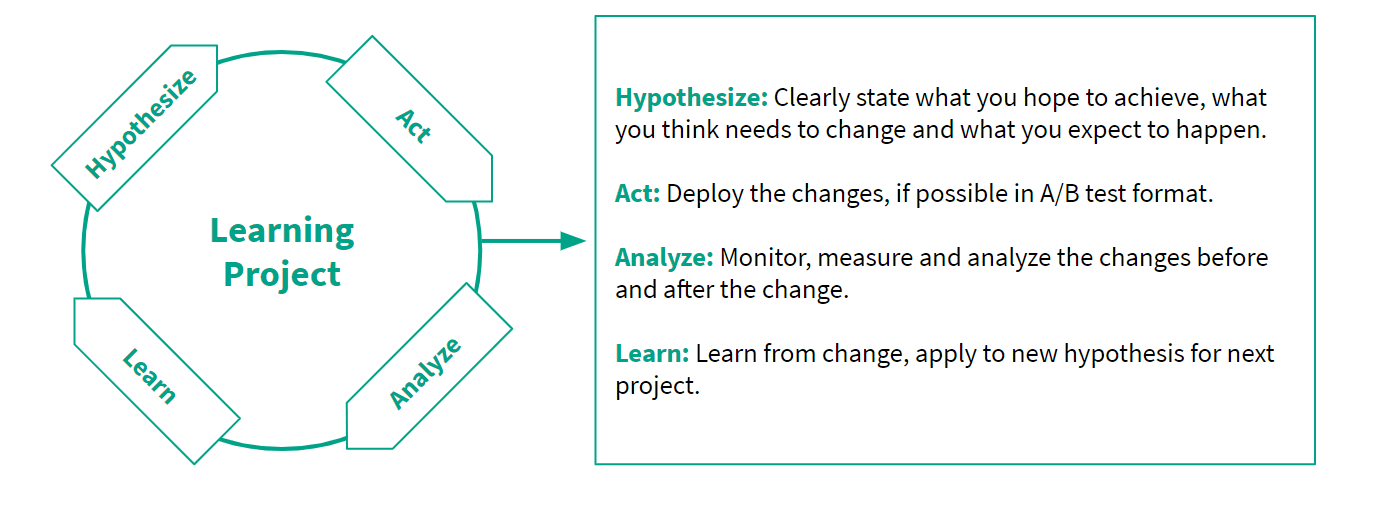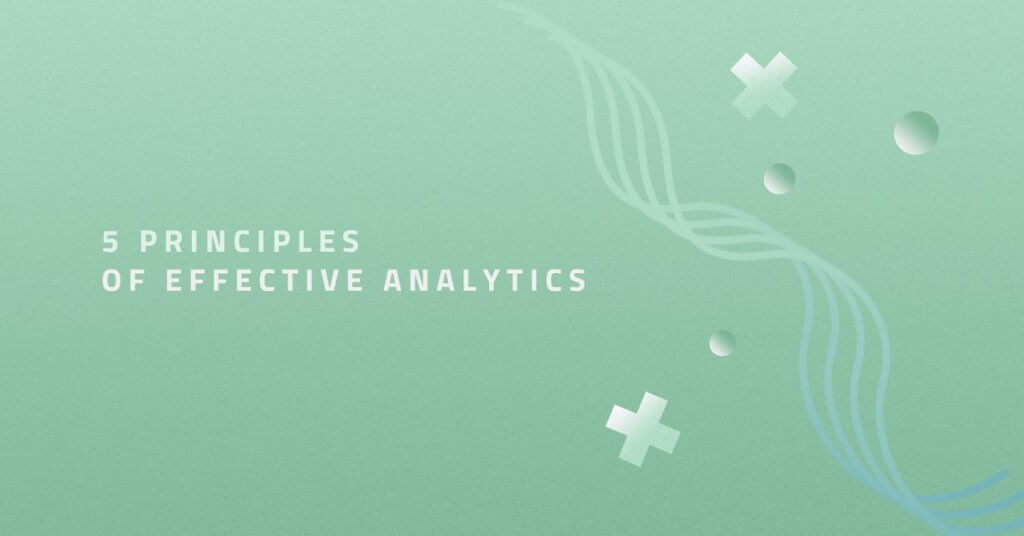In my previous article, I explained what does data-driven marketing and business means. In this one, I’d like to show you, how to get to the highest level of analytics maturity. Of course, there are many different approaches and ways. I’ll talk about the principles that we use at Maxlead.
1.Strategy > Tactics
While creating an analytics strategy, we answer these questions:
- Do we have our business strategy and goals in place?
- Is there a strategy that aligns our marketing to overall company goals?
- Do we understand our end consumers?
- Is our marketing strategy aligned with their behavior and media consumption?
First, you need to have your business, then marketing, and then analytics strategy. Only after these steps, you can create smaller analytics projects and learning projects. But those always have to be in line with the overall strategy.
Lots of companies are doing only small analytical projects. For example, you want to increase the number of your subscribers on your blog. So you run an AB test on your CTA. A week later, you want to increase the number of visitors on your blog. So you change your Ad’s budget. These two small things can help your marketing and business. But they would be much more effective if they would be a part of the strategy.
When you have a strategy in place, it helps you to choose what should you concentrate on, what kind of small projects and tests should you run. Thanks to the strategy all your activities will have a cumulative effect.
2. People > Process > Technology
People are more important than processes and processes are more important than technology. In an ideal world, all of these 3 components work nicely together. You have the right people, that create the right process, to leverage the right technology.
Many clients we work with don’t realize one important fact. If you want to be data-driven you need more than “just” strategic thinking people and marketers. You also need very technically skilled people. Basic knowledge about Google Analytics is not sufficient. You need advanced processes, technology, and therefore senior people.
3. Learning > Winning
Not every project and test will bring you a win. On the contrary. Sometimes you need to repeat the test over and over again to achieve the desired result. So why would you do that? The answer is easy. To learn! Only companies that are able to adopt a mindset of learning both fast and cheaply can create a data-driven culture that allows for continuous improvement.
“Fail fast” approach helps you to learn quickly and to move forward. Not only in analytics but also in business. “Iteration instead of perfection is the more effective way to go.” This sentence from the Forbes article (I really recommend) summarizes it pretty well. Don’t you think? 😉
And how to use this principle in real life and business? The key is to create small learning projects, learn, and repeat.

4. Action > Insight
The company pays a lot of money for vast analysis or strategy. All the people from marketing, management like it very much. But then they realize that it takes too much time and effort to follow the strategy and there are also many more urgent tasks to do. Does this sound familiar to you?
How to avoid this? You need to realize that in the end, only action generates results. Don’t get lost in the big data analysis paralysis of today’s overhyped world. As mentioned before, you need a strategy. But the strategy should be realistic, to the point, short and sweet 😉 It’s better to analyze 5 to 10 KPIs that really matter and take actions than analyze everything and end up paralyzed by the quantum of data.
5. Foresight > Hindsight
As I explained in my previous article. The first and second level of analytics maturity is only about the past and has no added value for your company. Historic data is important but the world moves too quickly to be over-invested in it. Focus on the future instead of the past. If you really want to be data-driven, you need to get your company on the 3rd and 4th level.
If you follow these 5 principles, you’re on the way to data-driven company culture. But don’t forget. It is a never-ending process, you need to take action and fail (learn) fast.

